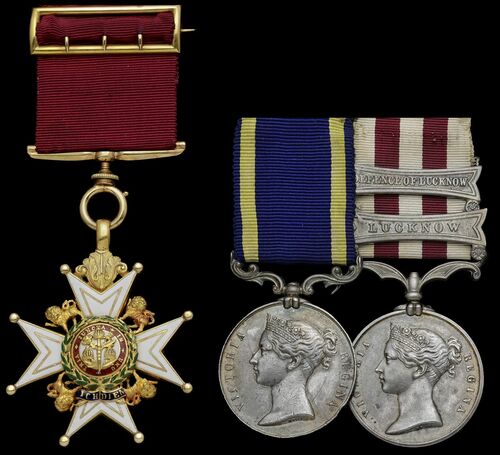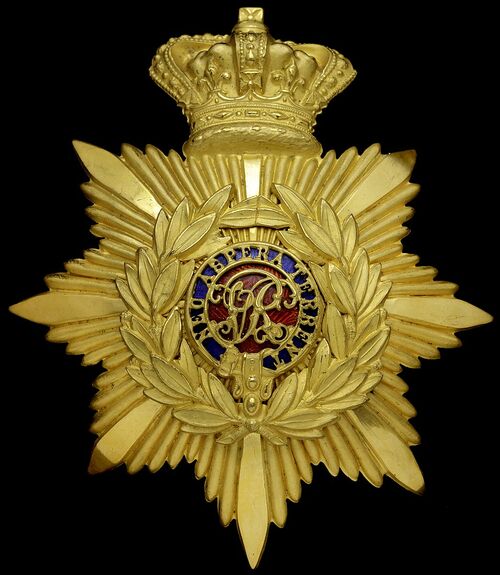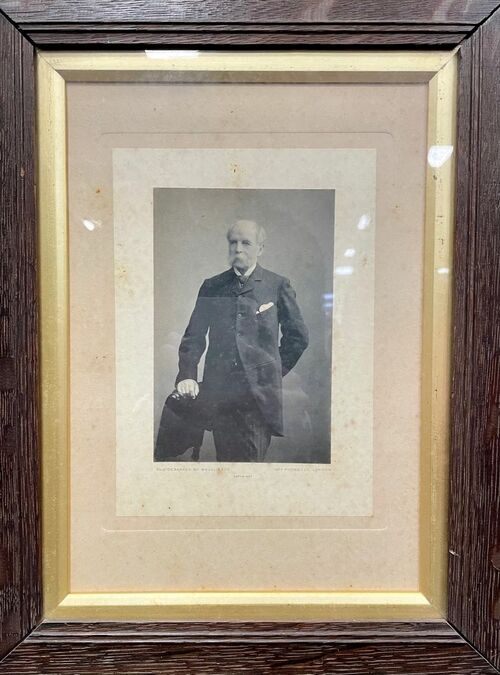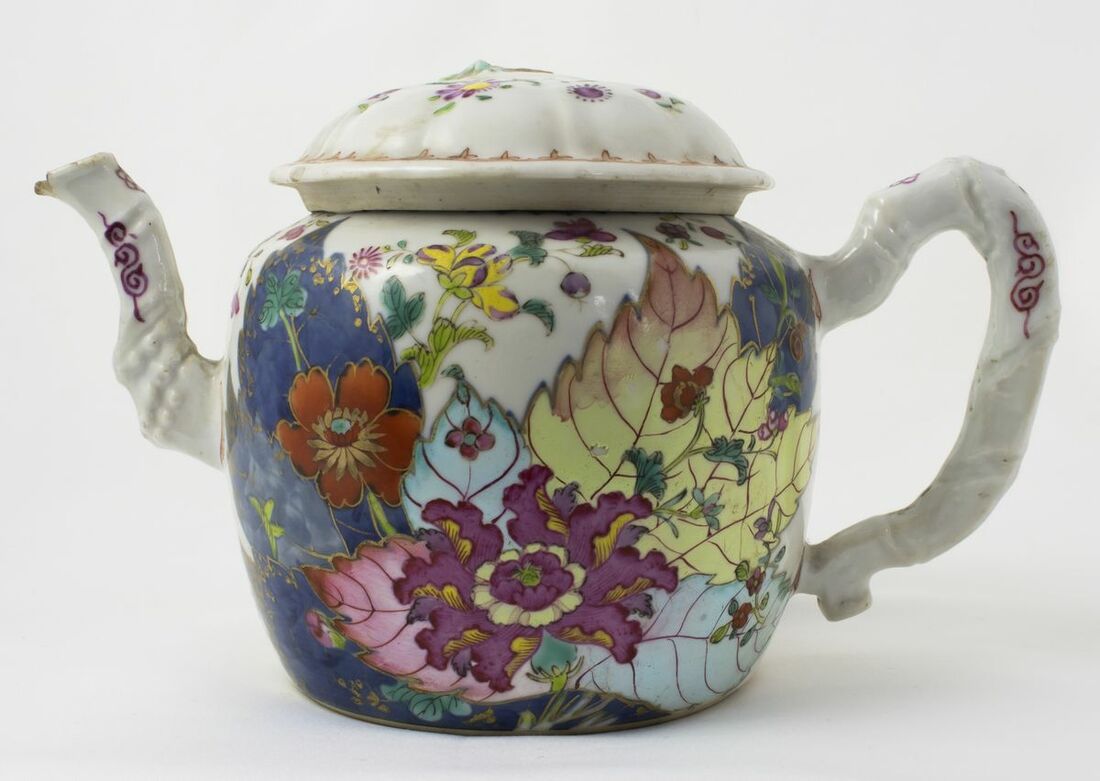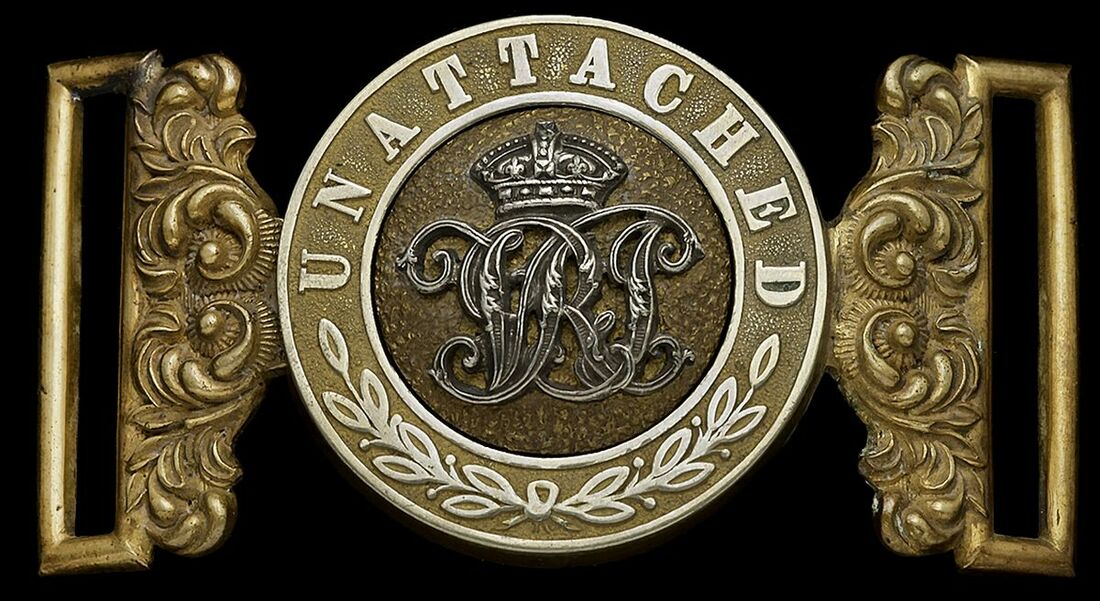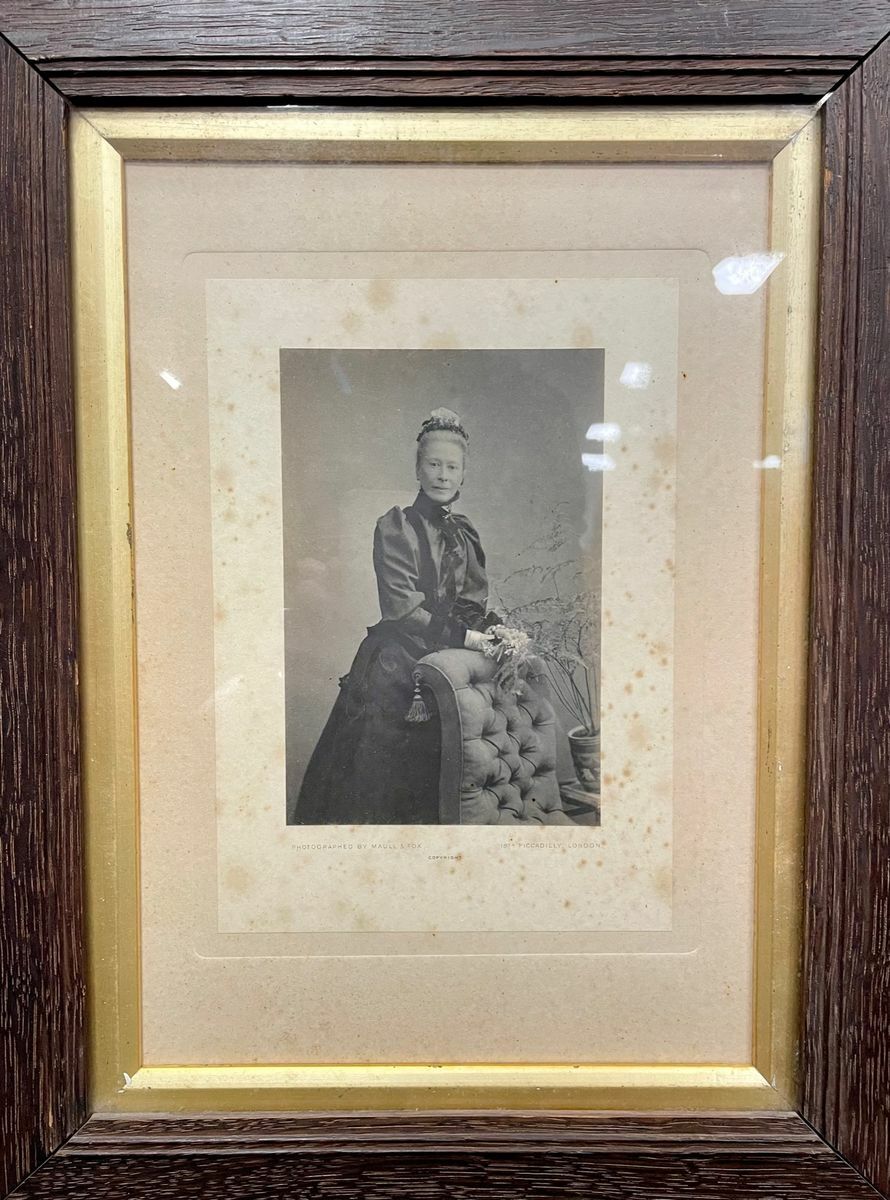Auction: 23001 - Orders, Decorations and Medals
Lot: 336
Sold by Order of a Direct Descendant
A fine C.B. group of three awarded to Major-General C. A. Barwell, 71st Bengal Infantry, who was Brigade Major during the Siege and Defence of Lucknow and much in the thick of the fighting during that desperate occasion; he later became Chief Commissioner of the Andaman & Nicobar Islands
The Most Honourable Order of the Bath, Military Division, C.B., Companion's breast Badge, 18ct. gold, hallmarks for Garrard, London 1873, with integral gold riband buckle, in its case of issue; Punjab 1848-49, no clasp (Lieut. Intr. & Qr. Mr. C.A. Barwell. 71st N.I.); Indian Mutiny 1857-59, 2 clasps, Lucknow, Defence of Lucknow (Capt & Bt Major C.A. Barwell, Rohilcund Divn.), second clasp loose upon riband, campaign medals mounted as worn, very fine (3)
C.B. London Gazette, 24 May 1873.
Charles Arthur Barwell, scion of a family with long-standing India connections, was commissioned Ensign in the 71st Regiment of Bengal Native Infantry on 20 June 1843 and appears to have spent the majority of his professional life 'out East'. Promoted Lieutenant in April 1847, it was in this rank with the additional responsibilities of Interpreter and Quarter Master that he served with the regiment during the Punjab Campaign of 1848-49 (Medal). Later stationed at Lucknow, and accompanied by his young wife Emily, Barwell was Brigade Major and Town Adjutant (and therefore a well-known figure) when the Indian Mutiny erupted; the 71st was one of those Regiments which went over to the mutineers - indeed Lady Julia Inglis's famous diary notes that "combustible arrows" were found in his compound: the Barwells likely had a lucky escape (The Siege of Lucknow: A Diary, 1892, refers).
Serving throughout the defence of the Residency until the final relief of the garrison in November 1857, during the intervening seven months Emily had given birth to the Barwell's first son, Percy Andrew. Charles, clearly a competent Staff Officer throughout and lucky to be neither wounded nor incapacitated through illness or disease, receives further mention in the well-known diary of Captain Thomas Wilson, the Deputy Assistant Adjutant-General commenting on the events of 22-23 November when the combined garrisons of Inglis and Outram evacuated the extended Residency position:
'The retreat began at midnight, the lights being left burning in the entrenchment for the enemy to see. Inglis and Outram stood with Captain Wilson, Lieutenant Barwell, the Brigade Major, and Lieutenant Birch, watching each separate garrison march out in turn.'
Promoted Captain (Brevet Lieutenant-Colonel) on 30 June 1857 (London Gazette 2 December 1862, refers), Barwell continued to serve as Brigade Major in the field for further operations and was present at the battle of Cawnpore; appointed a Deputy Assistant Adjutant-General by the time of the final Siege and Capture of Lucknow there was to be no resting upon his laurels: he then participated successively in the attack on Fort Rooyah, the action at Allygunge, the reoccupation of Shahjehanpore, battle of Bereilly and action on the Sardah. He appears to have been wounded in this latter action, and amongst the honours for his gallant service received several 'Mentions', one years' additional service on his record, and the Brevets of both Major & Lieutenant-Colonel - indeed, Barwell's promotion from Captain to Lieutenant-Colonel in under two years is further testament to his abilities as a soldier.
Promoted full Colonel on 14 November 1865 and Major-General in May of 1870, Barwell was appointed C.B. in the 1873 Birthday Honours. From 1875-79 he was Chief Commissioner of the Andaman and Nicobar Islands (taking over from Major-General Donald Stewart, another Mutiny veteran who had the misfortune to be present during the assassination of Lord Minto in 1872) and, whilst in this post was promoted Lieutenant-General (London Gazette, 2 October 1877, refers). Barwell retired on 21 December 1880, at that time being noted of the Bengal Staff Corps, so ending nearly 40 years of service with the Colours.
Sold together with the following related ephemera:
(i)
A most interesting, slightly damaged china teapot, by family repute said to have been used by Emily Barwell during the Defence of Lucknow, accompanied by a hand-written note (dated 1937), further stating that it originated from the King of Oudh's palace in the city.
(ii)
A pair of framed black-and-white portrait photographs of General and Mrs. Barwell, by Maull & Fox of Piccadilly, each 360mm x 440mm including frames.
(iii)
The original bestowal document for Major-General Barwell's C.B., signed by Queen Victoria and dated 4 May 1873, in its' original 'On Her Majesty's Service' transmission envelope and addressed to Barwell at the United Services Club, Calcutta; together with a letter from the College of Arms, signed by Albert Woods as Garter King of Arms.
(iv)
A letter, addressed to Mrs. Barwell (daughter-in-law of General Barwell) and dated 2 February 1917, relating to the return of the General's C.B. and campaign medals to the family, having originally been destined for a display case on the wall of the Officers Mess.
(v)
An officers' shako or helmet plate badge, gilt and enamel, 110mm x 125mm.
(vi)
A military headdress curb-chain, gilt on velvet backing, and a quantity (17 large and four small) of Staff officers' buttons.
(vii)
An officers' waist-belt clasp, silver and gilt, bearing the legend 'Unattached' above the Royal Cypher.
For the Medals and archive of Major E.E. Barwell, another son of Charles and Emily, see Lot 68. For the sword worn by Charles Barwell whilst a General Officer, see Lot 464.
Subject to 20% VAT on Buyer’s Premium. For more information please view Terms and Conditions for Buyers.
Sold for
£5,500
Starting price
£1500

